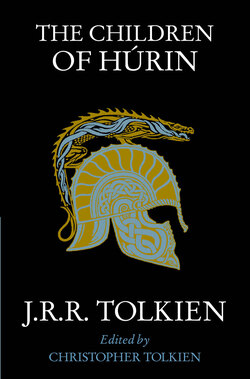Читать книгу The Children of Húrin - J. R. R. Tolkien - Страница 9
ОглавлениеNOTE ON PRONUNCIATION
The following note is intended to clarify a few main features in the pronunciation of names.
Consonants
| C | always has the value of k, never of s; thus Celebros is ‘Kelebros’, not ‘Selebros’. | |
| CH | always has the value of ch in Scots loch or German buch, never that of ch in English church; examples are Anach, Narn i Chîn Húrin. | |
| DH | is always used to represent the sound of a voiced (‘soft’) th in English, that is the th in then, not the th in thin. Examples are Glóredhel, Eledhwen, Maedhros. | |
| G | always has the sound of English g in get; thus Region is not pronounced like English region, and the first syllable of Ginglith is as in English begin, not as in gin. |
Vowels
| AI | has the sound of English eye; thus the second syllable of Edain is like English dine, not Dane. | |
| AU | has the value of English ow in town; thus the first vowel of Sauron is like English sour, not sore. | |
| EI | as in Teiglin has the sound of English grey. | |
| IE | should not be pronounced as in English piece, but with both the vowels i and e sounded, and run together; thus Ni-enor, not ‘Neenor’. | |
| AE | as in Aegnor, Nirnaeth, is a combination of the individual vowels, a-e, but may be pronounced in the same way as AI. | |
| EA | and EO are not run together, but constitute two syllables; these combinations are written ëa and ëo, as in Bëor, or at the beginning of names Eä, Eö, as in Eärendil. | |
| Ú | in names like Húrin, Túrin, should be pronounced oo; thus ‘Toorin’, not ‘Tyoorin’. | |
| IR, UR | before a consonant (as in Círdan, Gurthang) should not be pronounced as in English fir, fur, but as in English, eer, oor. | |
| E | at the end of words is always pronounced as a distinct vowel, and in this position is written ë. It is always pronounced in the middle of words like Celebros, Menegroth. |
